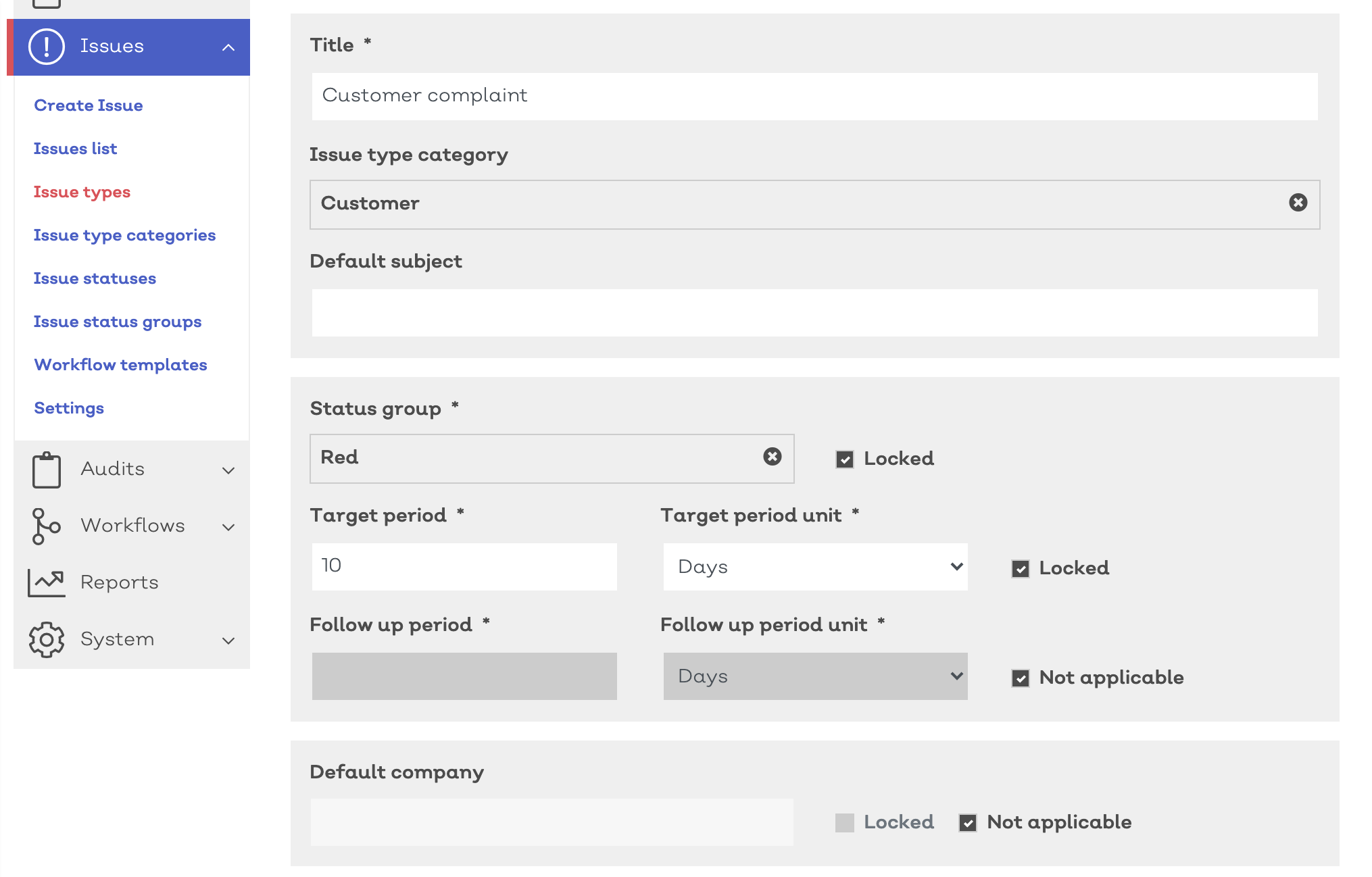Want to contribute to this article?
'Culture' is a slippery word.
It's like Kenneth Clark trying to define 'civilisation' in the 1960s:
"I don't know, but I think I know it when I see it."
In a business context, it's even harder to nail down.
Yet business leaders and board members speak abstractly about cultural 'change', 'overhaul' and 'improvement' for their businesses, then they're surprised when little or nothing changes.
It boils down to a single key mistake - but a fixable one.
Here's why technology is at the heart of business culture change.

"The way we do things around here"
This is probably the most helpful definition of business culture. You might've heard it before.
It describes culture as the sum total of the work that gets done at your business, and how it gets done.
Think of it this way:
You leave your house every morning and commute to work.
Whether it's a half-hour train journey, 20-minute car trip or (lucky you) a 5-minute bike ride, something happens on the way:
You switch into 'work mode', usually without noticing.
This is shaped by your colleagues, your work structure and what needs doing that day.
Your basal ganglia, the 'habit centre' of your brain, forms neural links to other areas and cements emotional connection to particular ways of working.
So collectively, a set habit of 'doing things' emerges and ingrains.
The 'work mode' you and your colleagues enter together is your business culture.
Changing that is the heart of the culture problem.
How to change it has often been misunderstood by businesses.

The key to culture
Your business management systems form the 'shape' of your business.
Having policies, procedures and processes which people understand and follow is how businesses drive actions in the direction they want.
Management systems, in theory at least, set 'the way we do things around here'.
So by that token: change your management systems and your culture will change too.
Won't it?
Surprise surprise, the answer is no. We come back to habit again.
Trying to change how people work can't be done by simply tweaking a management system.
Forcing someone to override the ways of working that their basal ganglia is used to can trigger an emotional response, bringing fear, hostility and then rejection.
So businesses are left with employees who actively work against their new management systems.
Lacking the energy and commitment to continue forcing change that isn't sticking, leadership eventually give in - until the next initiative.
Sound familiar?
It happens to businesses of every size.
In 1998 Daimler and Chrysler merged. It should've been a 'match made in heaven'.
But management found it impossible, no matter how many 'DaimlerChrysler' management systems they implemented, to integrate the formal, efficiency-focused Germanic Daimler culture with the more relaxed American management style of Chrysler.
Within ten years, the cultural mishmash had broken the two companies apart again, with billions of dollars lost.
As Daimler and Chrysler bosses realised:

It seems to be an unsolvable problem.
Michael Ord, New Business & Marketing Director at Qualsys, summarises it as follows:
Without a supportive environment of processes and systems, businesses can't change their cultures and 'how we do things around here'.
But 'how we do things around here' stops employees adopting the new management systems in the first place.
So how do businesses drive cultural change with management systems that employees actually follow?
This is where technology is playing an increasingly crucial business role.
Squaring the circle
Technology is the key to reinforcing and instilling cultural change in the modern industrial business environment.
It does this by making change easier to implement, and, for the workforce at large, easier to follow.
Although the brain hardcodes habits which become difficult to shift, neural pathways - and 'work modes' - are still plastic and open to change.
The key to changing behaviour and culture is making the process as simple as possible.
Let's look at an example.
Irish diagnostic and imaging provider Alliance Medical wanted to improve their patient care quality by asking clinical staff to raise non-conformances and issues and pass them on for corrective action.
Quality & Processes Coordinator Gillian O'Connor explains the problem with that approach here:
Manual, time-heavy processes meant Alliance Medical staff stuck to their preferred 'work modes', keeping focus on the patient and ignoring the quality initiative.
With an electronic issue management tool, the picture changed:
Dramatic time reduction meant engagement was less of a hurdle to jump, encouraging a behaviour shift and triggering a 25% increase in issue reporting within the first 2 months.
Simply telling staff to change their approach did nothing.
Equipping them with technology to simplify and drive the change proved to be the key to securing engagement with the QMS.
Here is the crux of the 'culture problem'.
The bottom line
Businesses thinking about abstractions like 'culture' should start with the core of the issue: what processes you want your employees to follow, and how you can make it easier for them to do so.
As we enter an increasingly digitised 'e' world, technology will be the single most important driver of cultural change for businesses.
Automated digital processes slice time expenditure and encourage engagement.
Information management systems help break down data silos.
'Single sources of truth' and centralised electronic areas integrate various parts of the business and promote collaboration
Analytics and business intelligence tools provide insights for employee engagement, performance improvement and top-level management review.

Really it's simple:
- Your culture is what your employees do
- What they do is shaped by your management systems
- In the 21st century, the strength of your management systems depends on the technology driving them
Enhance your technology, and you can enhance your management systems and change your culture.
Next steps
Watch how Alliance Medical 'brought their entire company together' with their technology investment by accessing the full case study here.
Or try our free toolkit to learn how to kick-start your tech investment the right way:









Share your thoughts on this article